Are We Training Our Horses More Than Necessary?
October 8, 2018 Comments Off on Are We Training Our Horses More Than Necessary?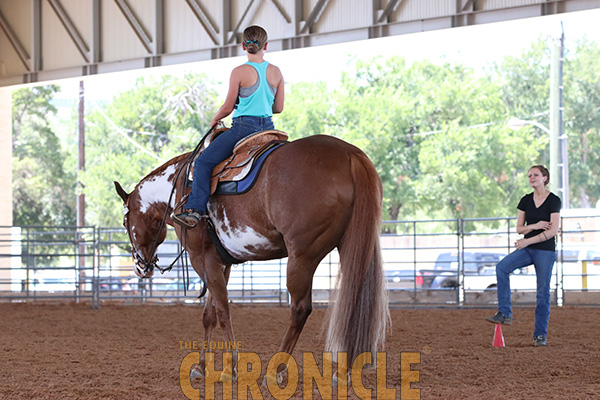
New research has found that horses have similar learning progress and remember a task just as well, when they are trained every three days, as when they are trained daily. Horse riders and trainers may decide how often to train their horses based on a gut feeling of how they believe the horse is responding when asked to perform a specific task.
Continue reading …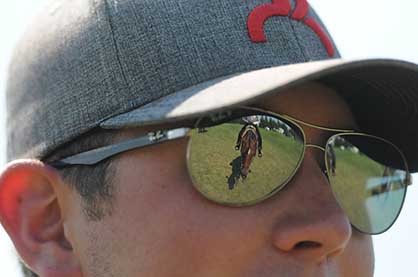
You say to the prospective horse purchaser: “This mare is a talented athlete that wins in the show ring, but she has a low tolerance for a beginner rider.” Ten minutes later the prospective buyer asks, “Will she be OK with my young children in walk-trot classes?”
Continue reading …It’s Not Too Late For West Nile Vaccinations
October 6, 2018 Comments Off on It’s Not Too Late For West Nile Vaccinations
The Equine Disease Communication Center (EDCC) reports 152 cases of WNV thus far in 2018, with almost all diagnosed during the months of August and September. Most confirmed cases occurred in horses which were unvaccinated or had an unknown vaccination history.
Continue reading …Every Horse Needs These Five Things
October 3, 2018 Comments Off on Every Horse Needs These Five Things
A full-sized horse requires at least one ounce (two level tablespoons or 30 ml) of salt each day for maintenance – this much provides 12 grams of sodium. Heat, humidity, and exercise increase the horse’s need. There are several ways to accomplish this:
Continue reading …Personal Training Coming to 2018 QH Congress With BaseCampEQ
October 2, 2018 Comments Off on Personal Training Coming to 2018 QH Congress With BaseCampEQ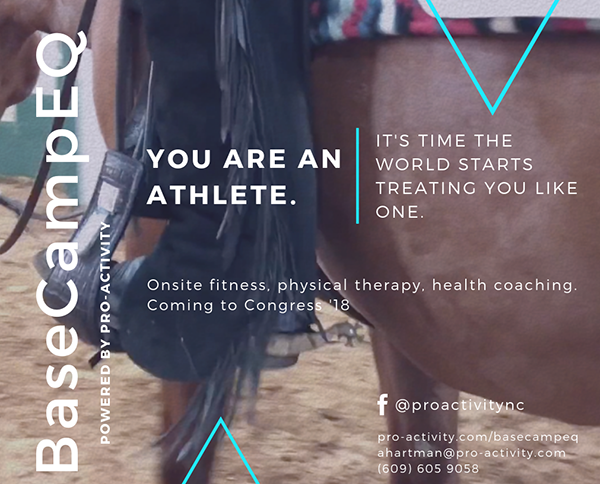
Have you ever wondered why, at the biggest show of the year, our horses are in peak physical condition, and yet, our own physical performance tends to decline? Aches and pains from long days, and nights, of practice, the inevitable Congress Crud seeping into our systems, and the inability to keep up with our regular workout regime all wreak havoc on our ability to compete at our best.
Continue reading …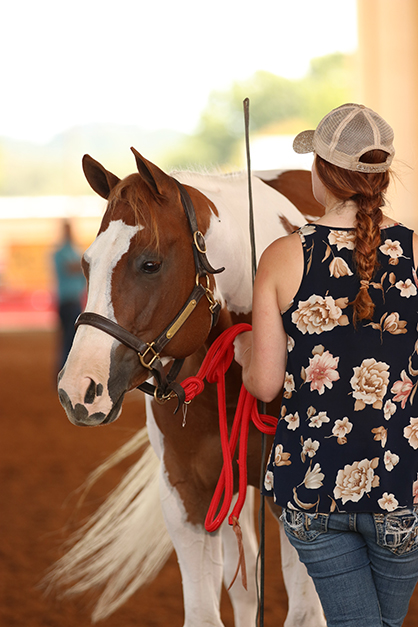
Most of us have experienced that moment when our horse turns around in his stall and we see that his beautifully groomed and carefully hand combed tail, that we have been nurturing all show season, has become a tangled mess. The skirt hairs are missing, or scrunched into a new backcomb style.
Continue reading …
The big problem with tendon injuries is that they repair leaving scar tissue, which is less elastic than the normal collagen found in healthy tendons. This leaves them prone to further damage. By injecting plasmid DNA into the torn ligaments and tendons, the researchers were able to see that blood vessels developed within the tissue and the tissue grew back without leaving scar tissue behind.
Continue reading …The One Thing Nobody Tells You When You Start Your Horse Business…
September 28, 2018 Comments Off on The One Thing Nobody Tells You When You Start Your Horse Business…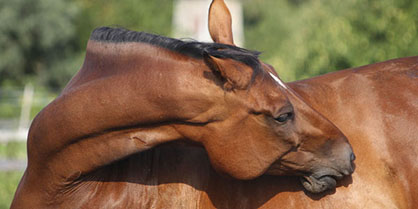
You will buy horses for resale and not be able to recover the maintenance expense, training time, and marketing effort you put into the project. You will lose money. You’ll lose money when you buy equipment, vehicles, and saddles that don’t perform as you hoped. You will lose when you hire people who turn out to be total duds as workers.
Continue reading …Act Now to Prevent Tick Paralysis
September 22, 2018 Comments Off on Act Now to Prevent Tick Paralysis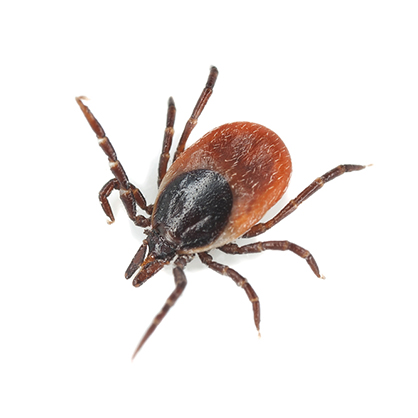
Ticks release a toxin when they feed, which leads to a condition known as tick paralysis. Common signs of tick paralysis include difficulty walking, gurgling and choking. Dogs may not be able to bark properly.”
Continue reading …AQHA Foundation Research Priorities
September 20, 2018 Comments Off on AQHA Foundation Research Priorities
1. Infectious Diseases – with priority placed on research that addresses:
Rhodococcus equi
Streptococcus equi (including subspecies equi and or zooepidemicus)
Equine herpesvirus-1 (EHV-1)
2. Equine Wellness – with priority placed on research that addresses:
Parasite resistance
3. Equine Welfare – with priority placed on research that addresses:
Competition integrity
4. All other proposals








